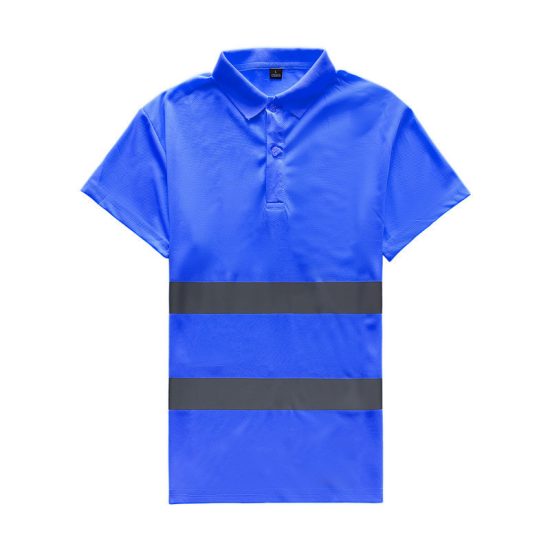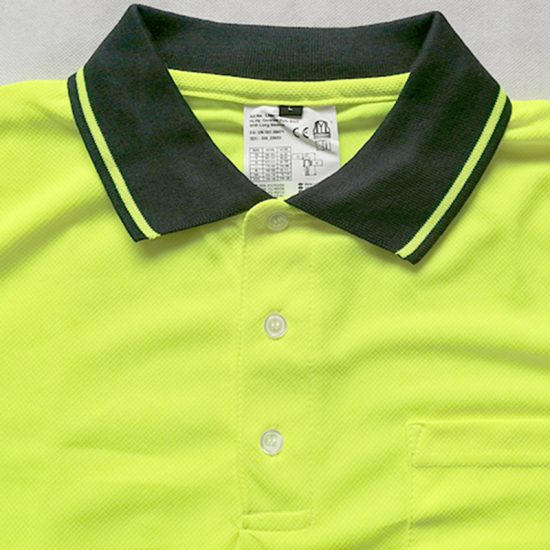Safety wear for outdoor adventures is essential to ensure the well-being and protection of individuals while participating in activities such as hiking, camping, rock climbing, biking, and more. The type of safety gear you need can vary depending on the specific outdoor activity, location, and environmental conditions. Here are some essential safety wear items for outdoor adventures:
- Footwear: Proper footwear is crucial to provide support, stability, and protection for your feet. Hiking boots with good traction are ideal for hiking and trekking. For water-related activities like kayaking or rafting, water shoes with good grip are essential.
- Apparel: Wear appropriate clothing for the weather and terrain. Consider moisture-wicking base layers to keep you dry, insulating layers for warmth, and waterproof or windproof outer layers as needed. Sun-protective clothing with UV protection is essential for sunny conditions.
- Headgear: Depending on the activity, you may need head protection. A helmet is essential for activities like rock climbing, cycling, and skiing. Insect-repellent hats with mosquito netting can be important in areas with high bug activity.
- Eye Protection: Sunglasses with UV protection are essential for protecting your eyes from harmful sun rays. For activities in environments with flying debris or dust, consider safety goggles or glasses with impact-resistant lenses.
- Gloves: Gloves provide hand protection, improve grip, and keep your hands warm in cold conditions. For activities like climbing, gloves can help prevent blisters and protect your hands from abrasions.
- Safety Harness: If you’re involved in rock climbing, mountaineering, or any activity that involves heights, a properly fitted safety harness is vital for your safety.
- Life Jackets/PFDs: When participating in water-based activities such as kayaking, canoeing, or rafting, always wear a properly fitted personal flotation device (PFD) or life jacket.
- Navigation Tools: Carrying maps, a compass, or a GPS device is essential for staying on track and avoiding getting lost in unfamiliar terrain.
- First Aid Kit: Always carry a basic first aid kit with supplies like bandages, antiseptics, pain relievers, and any necessary medications.
- Emergency Communication: A mobile phone, satellite phone, or emergency locator beacon can be crucial for communication and seeking help in case of emergencies.
- Sunscreen and Bug Repellent: Protect your skin from the sun’s harmful UV rays by applying sunscreen with a high SPF rating. In areas with insects or ticks, use bug repellent to prevent bites and diseases.
- Rain Gear: Even if rain is not expected, carrying waterproof gear such as a rain jacket and pants can be a lifesaver in case of unexpected weather changes.
- Safety Whistle: A whistle can be used to signal for help or alert others to your presence in an emergency.
- Avalanche Safety Gear: For activities in avalanche-prone areas, such as backcountry skiing or snowboarding, avalanche safety gear including beacons, probes, and shovels are essential.
- Climbing Gear: If you’re involved in rock climbing or mountaineering, the appropriate gear like carabiners, ropes, and belay devices is necessary for safety.
Always conduct a thorough risk assessment before embarking on any outdoor adventure, and make sure you have the necessary safety wear and equipment for the specific activity and conditions you’ll encounter. Additionally, be familiar with how to use the gear correctly, and consider taking outdoor safety courses or seeking guidance from experienced adventurers when necessary.


